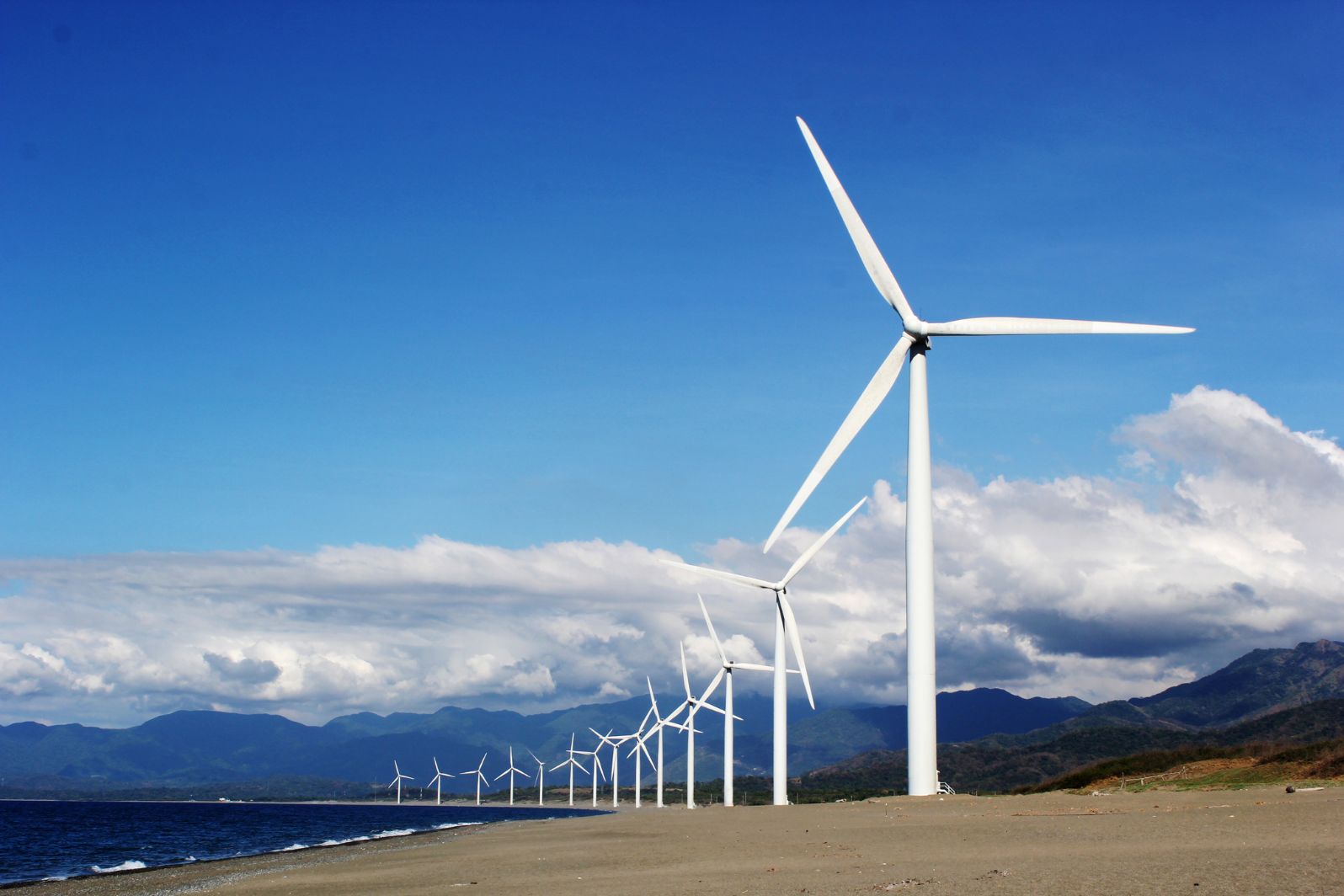Did you know that a wind turbine has as many as 8,000 different components? These are all carefully designed and assembled to work together to harness energy from the wind.
Wind power is clean, renewable, and provides a strong method of energy production for those living in the United States. It is becoming more and more important to us globally and more people are taking an interest in it.
In this article, we will explore the key wind turbine parts and their role in converting wind energy into electricity.
Table of Contents
The Tower
The tower is the backbone of the wind turbine. It supports the nacelle and rotor blades at a high elevation to capture stronger winds.
The height of the tower can vary depending on the size and location of the wind turbine. They typically range from 200-400 feet tall.
The tower is usually made of steel and is carefully designed to withstand harsh weather conditions. It supports the weight of the turbine’s components. They’re coated with icephobic coating to prevent ice buildup and maintain structural integrity.
The Nacelle
The nacelle is like the “brain” of the wind turbine. It houses all the electrical, mechanical, and control systems necessary for the turbine to function properly. This includes gearboxes, generators, and sensors that monitor wind speed and direction.
The nacelle also rotates to ensure that the rotor blades are always facing the wind. This allows for maximum energy production.
The Rotor Blades
The rotor blades are arguably the most recognizable part of a wind turbine. These large, aerodynamically shaped blades capture the energy from the wind and convert it into rotational energy.
The length and shape of the blades greatly affect the amount of energy that can be captured. Longer blades are able to capture more energy from low wind speeds. Shorter blades are better suited for high wind speeds.
The Hub
The hub is located at the end of the rotor blades and connects them to the main shaft. This allows for rotational energy from the blades to be transferred to the generator in the nacelle.
The hub also serves as a pitch control mechanism. It allows for adjustments to be made to the angle of the blades based on wind conditions. This helps to optimize energy production and protect the turbine from damage.
The Generator
The generator is responsible for converting the rotational energy from the rotor blades into electricity. It works similarly to a bicycle dynamo, using magnets and coils of wire to create an electrical current. The generator is housed in the nacelle and connected to the rotor blades through the main shaft.
The Control System
The control system is essential for ensuring the safe and efficient operation of a wind turbine. It includes various sensors and software that monitor weather conditions, power output, and turbine health. It uses this information to adjust the turbine’s settings accordingly.
Understanding Wind Turbine Parts
The wind turbine parts play a crucial role in harnessing energy from the wind. Every part is carefully designed and integrated to create a reliable and efficient source of renewable energy.
As technology continues to advance, we can expect to see even more innovations in these key components. This makes wind turbines an important player in our transition towards clean energy production. With their numerous benefits and impressive technology, they truly are a marvel of engineering.
For more informative articles, explore more fascinating topics on our website.



